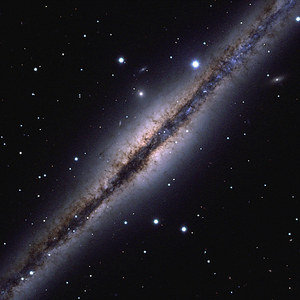New research shows the surprising paths taken by forwarded messages through the Internet.Everyone who has an e-mail account has probably received a forwarded chain letter promising good luck if the message is forwarded on to others--or terrible misfortune if it isn't. The sheer volume of forwarded messages such as chain letters, online petitions, jokes and other materials leads to a simple question--how do these messages reach so many people so quickly?
New research into these forwarded missives by Jon Kleinberg of Cornell University and David Liben-Nowell of Carleton College suggests a surprising explanation.
In the past three decades, as more and more individuals have come online and begun using e-mail, the number of these mass-forwarded messages has grown substantially, reaching more and more people each year. It had been assumed that the messages traveled to e-mail users in much the same way that a disease spreads in an epidemic--people received the messages and passed them on to those they came in contact with, who, in turn, spread them to people they encountered, and so on. In recent years, some scientists, as well as marketers, have used the term, "viral," to describe this pattern.

|
| ©Jason Koski/Cornell University Photography
|
| Jon Kleinberg of Cornell University and David Liben-Nowell of Carleton College used a tree diagram to analyze the paths that forwarded e-mail petitions took through the Internet and into people's inboxes. The diagram allowed them to see how the messages got to people, and how many steps it took to get to them.
|








